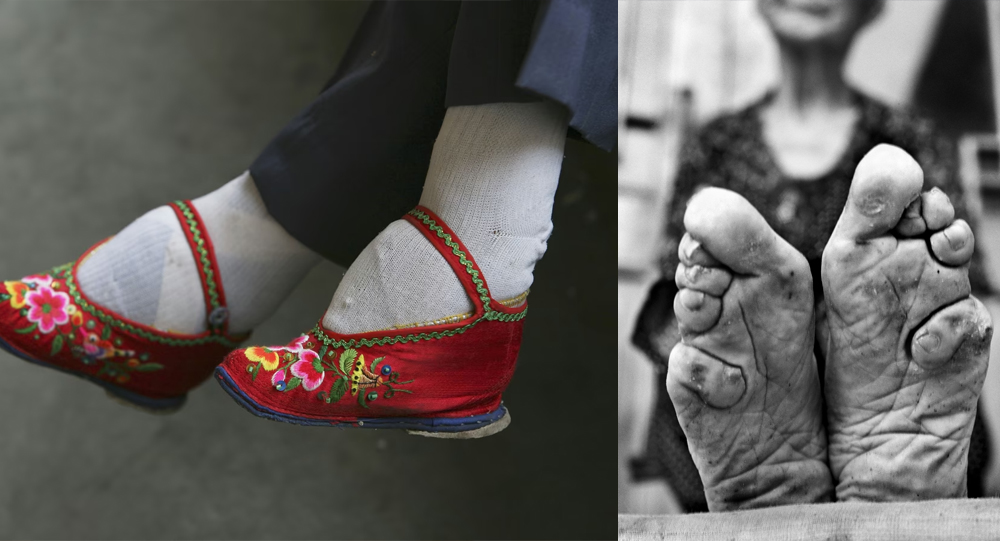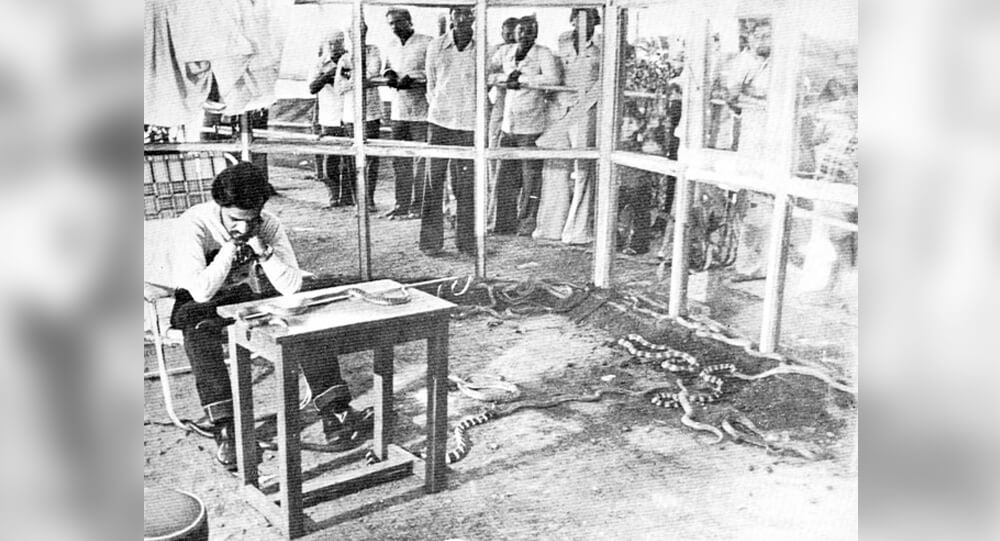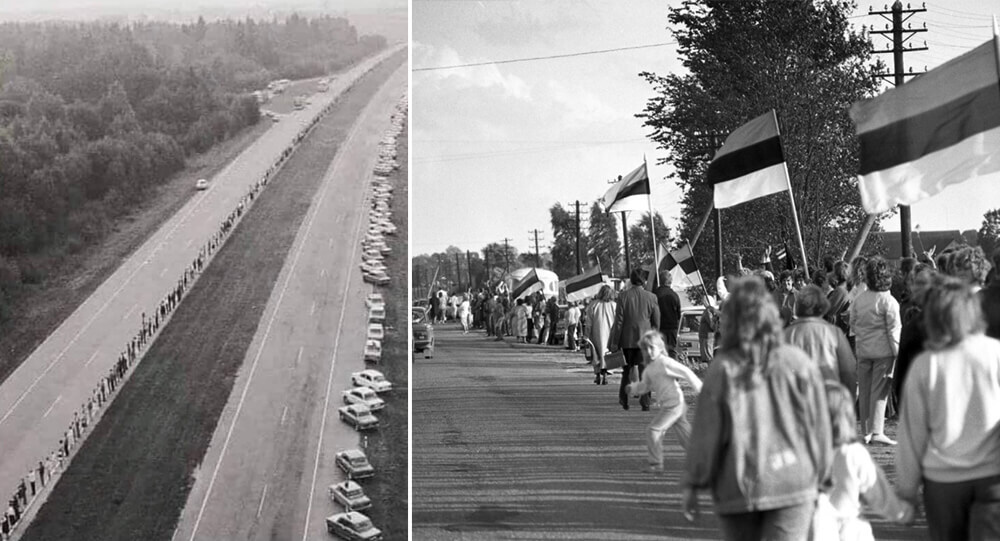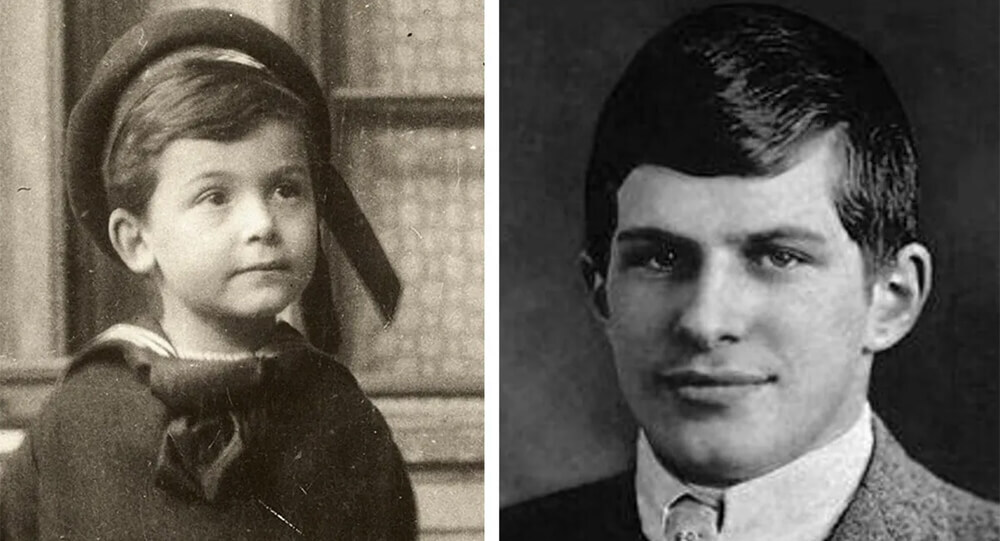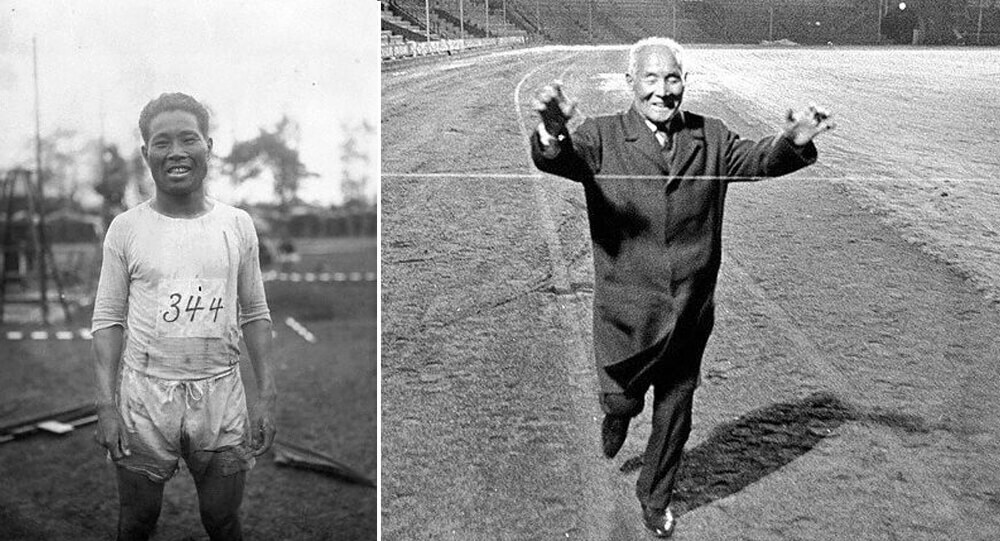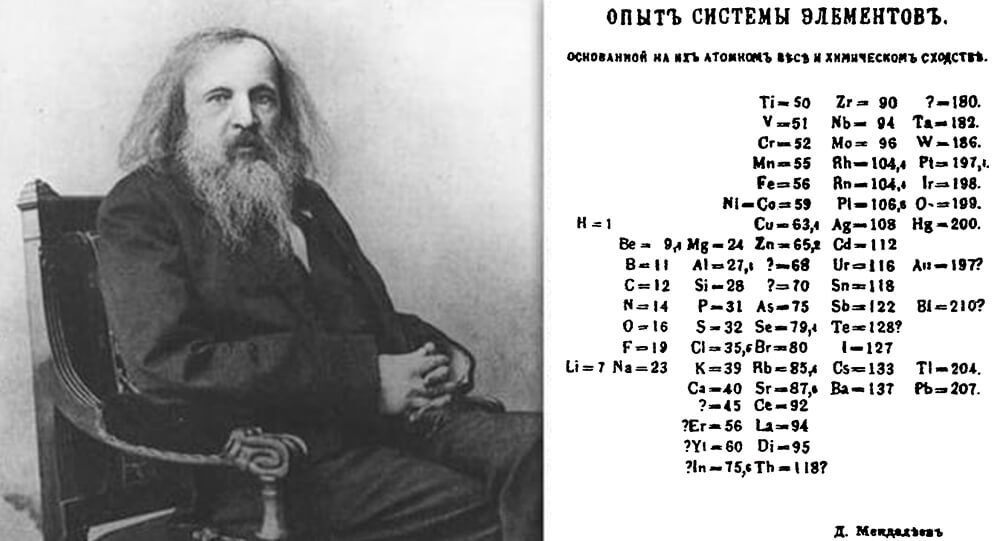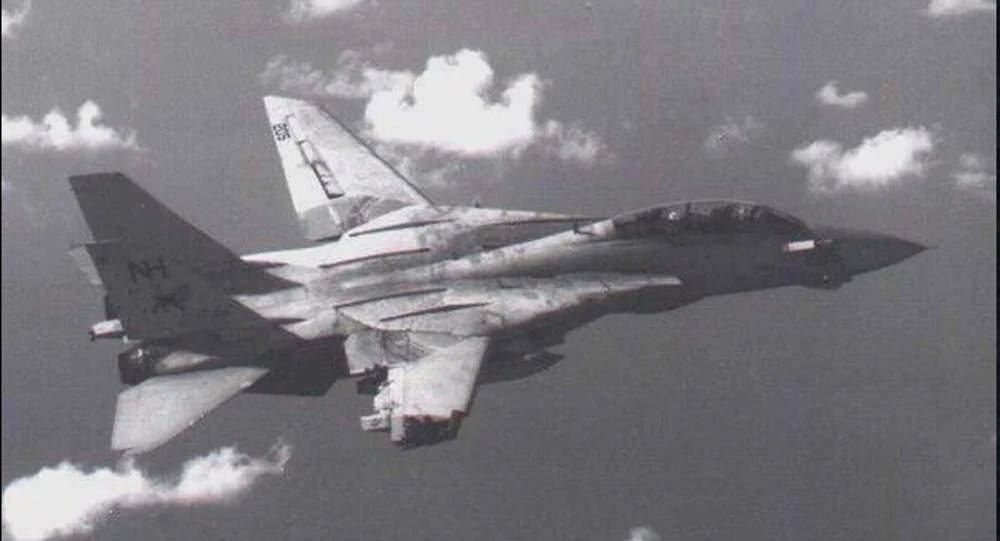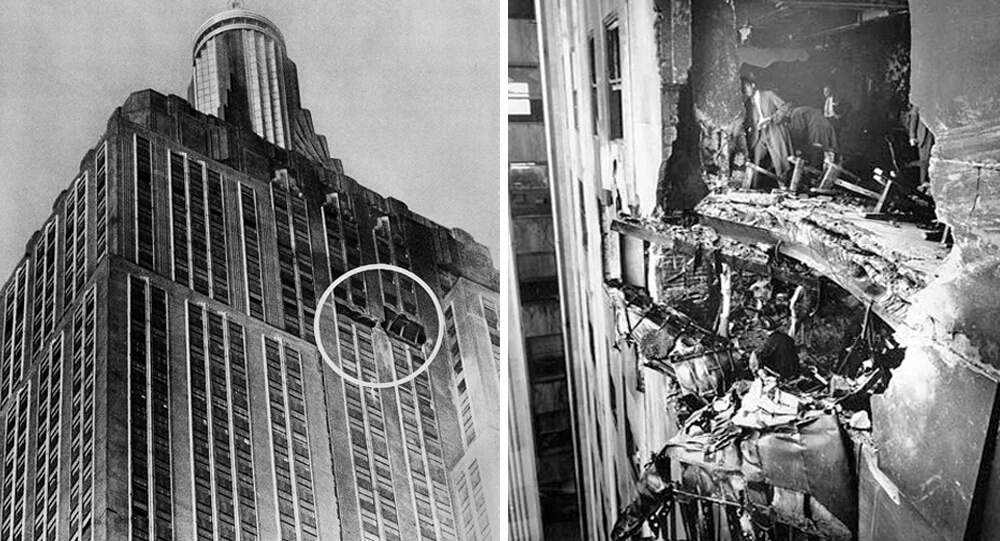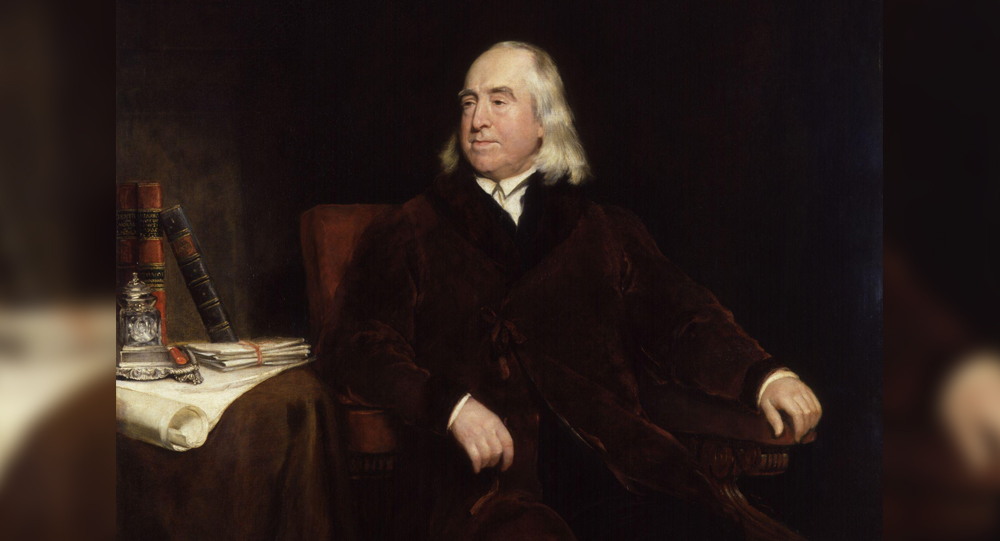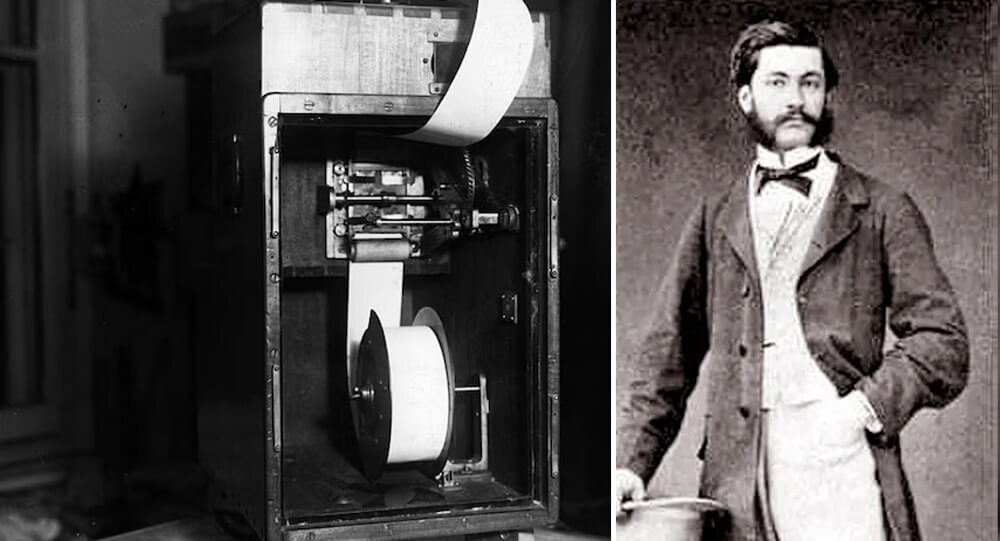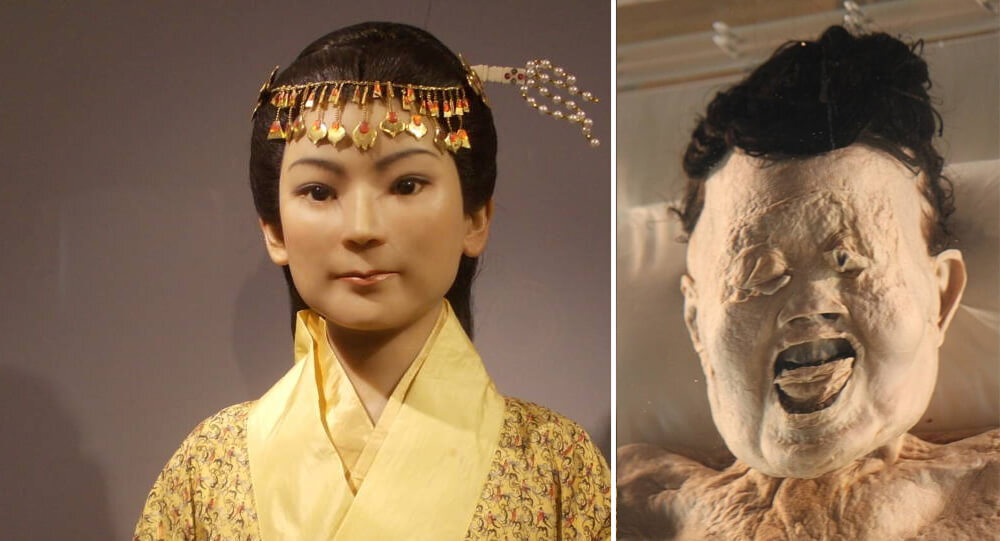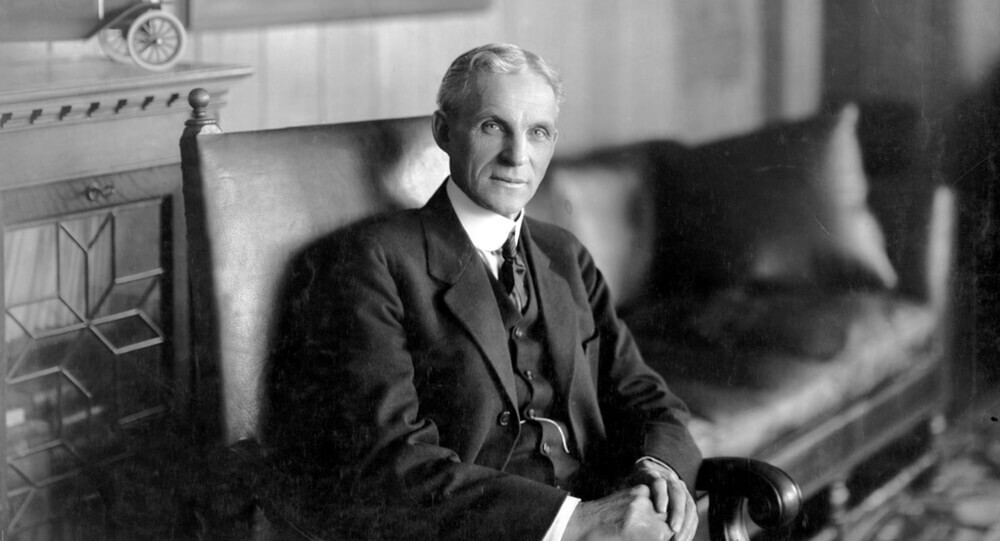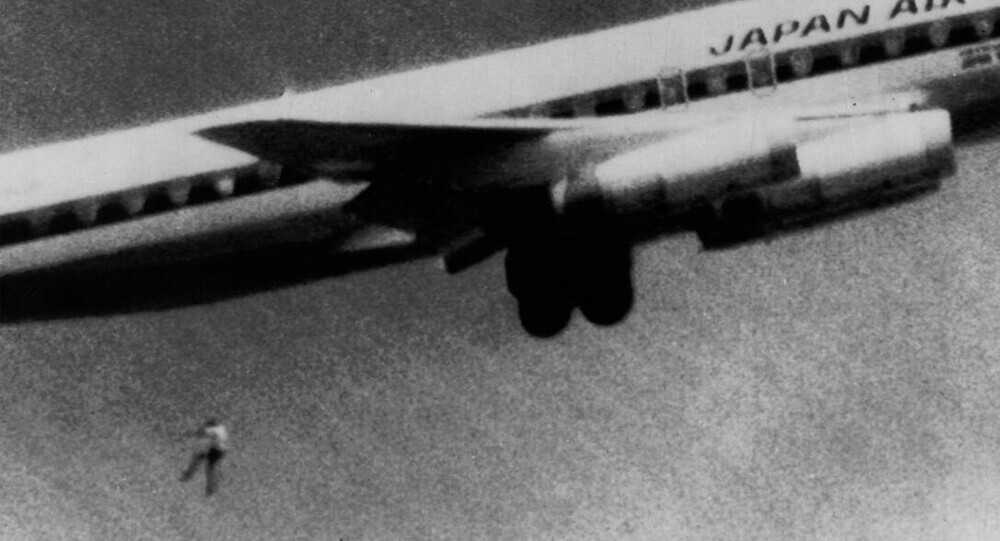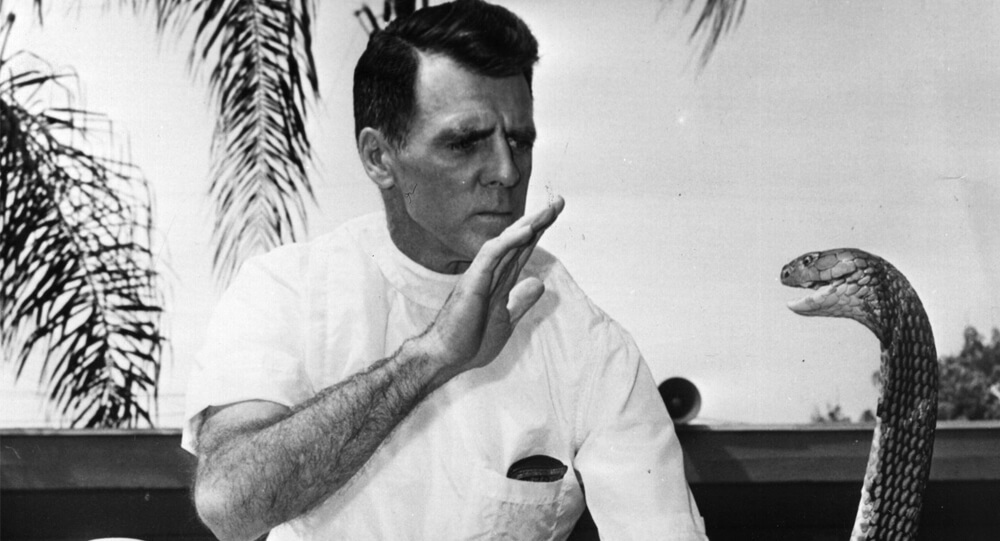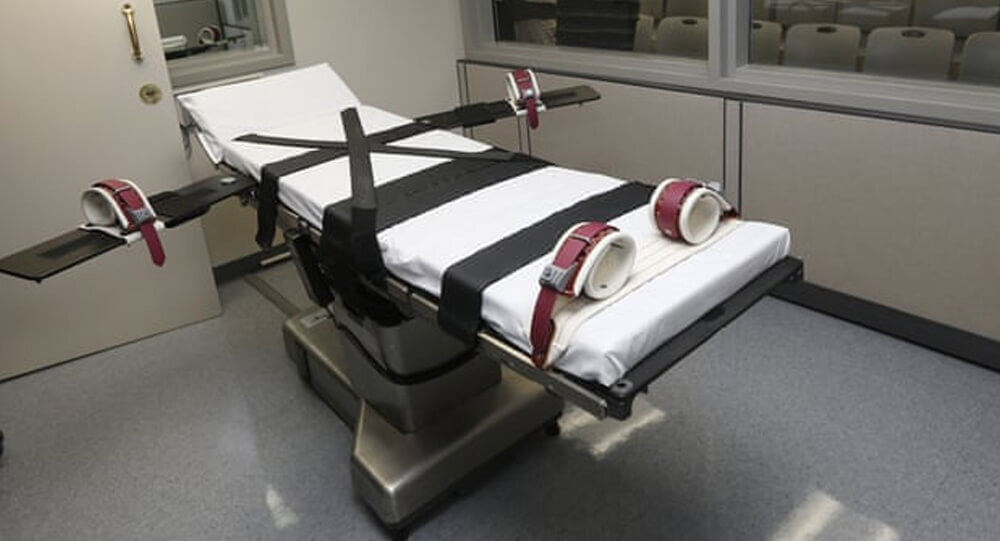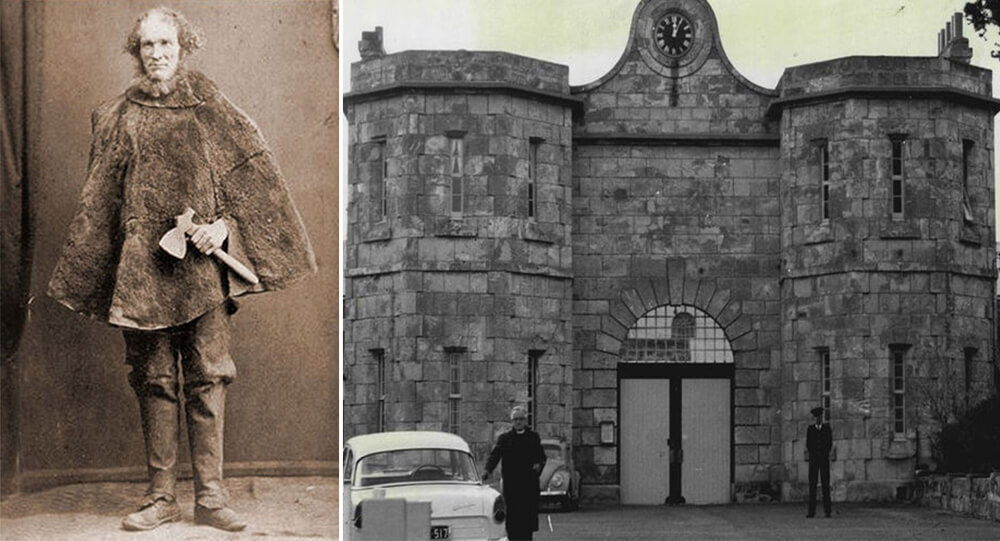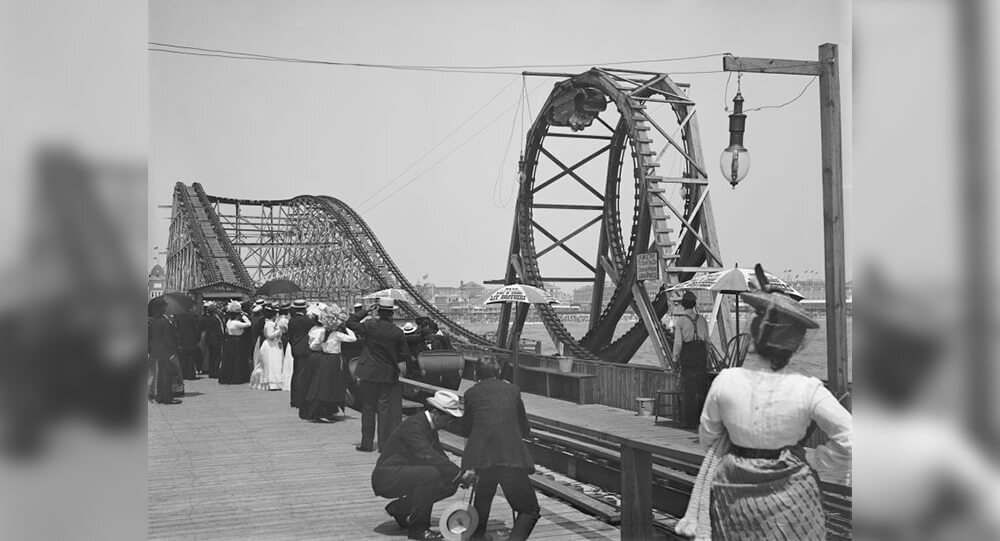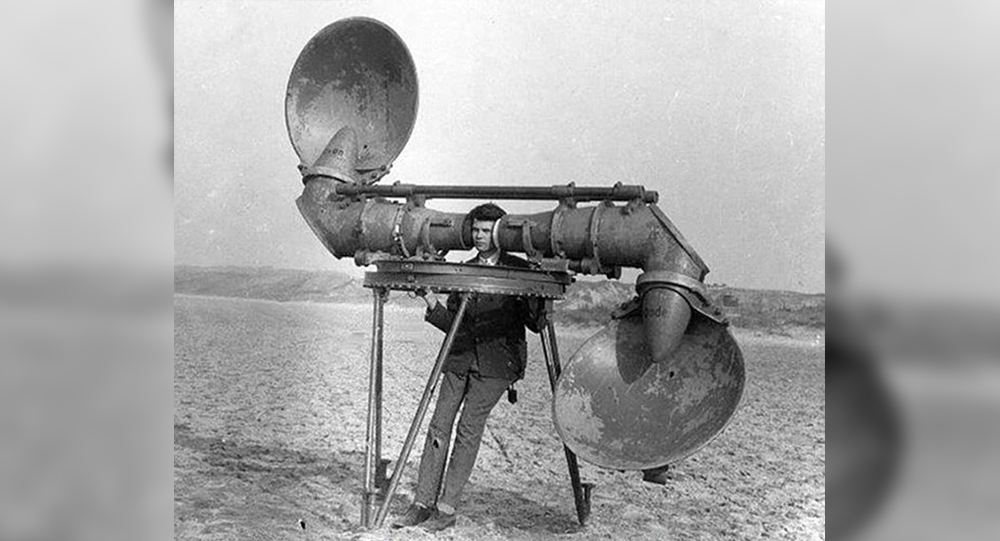

Before Radar: How Giant Acoustic Mirrors Detected Enemy Aircraft in WWI and WWII
In the era before radar technology, a time when aircraft were relatively new but quickly becoming a strategic threat, military forces faced a daunting challenge: how to detect incoming enemy planes at a distance? Visual spotting was limited by weather and line-of-sight, and radio communication technology was still immature. The solution? Acoustic detection—using sound to “see” the sky.
The concept was deceptively simple but massive in scale. Huge concrete or metal structures resembling giant dish antennas or curved walls—known as acoustic mirrors—were built along coastlines and strategic points. Alongside these, horn-shaped sound locators were developed, crafted to gather and focus faint engine noises from tens of kilometers away.
These structures acted as massive auditory amplifiers, allowing specially trained operators to listen through headphones and discern the approach of hostile aircraft, often before they were visible to the naked eye.
How Acoustic Mirrors and Sound Locators Worked
Acoustic mirrors were large, concave concrete surfaces that reflected and concentrated sound waves into a focal point where microphones or listening devices were placed. Typically ranging from 9 to 30 meters in diameter, these mirrors could catch and focus weak engine noises from the sky, much like how a satellite dish amplifies radio signals.
Sound locators were often horn-shaped or parabolic devices, sometimes mounted on swiveling stands, enabling operators to rotate and “point” this giant ear toward suspected aircraft. Operators wore headphones connected to sensitive auditory equipment, listening intently for telltale engine patterns.
By triangulating audio cues between multiple mirrors or sound locators, personnel could approximate the direction and distance of incoming aircraft. Commands could then be relayed to anti-aircraft batteries or fighter squadrons, providing critical early warnings.
Limitations and Challenges: Why Acoustic Detection Had Its Day—and Then Disappeared
Though innovative for its time, the acoustic system came with significant drawbacks:
- Range and Accuracy: Acoustic mirrors worked best in calm weather and over flat landscapes. Wind, rain, and ambient noise often disrupted sound travel, limiting detection range to roughly 20-30 kilometers. Precision in pinpointing exact elevation and speed was poor compared to radar.
- Response Time: Sound travels at approximately 343 meters per second, but aircraft speeds increased rapidly in the early to mid-20th century. By the time the engine noise reached operators, planes could be well within bombing range.
- Fixed Installations: The massive size and permanent nature of these mirrors limited their mobility and strategic placement. They were mostly coastal defenses, not suited for dynamic warfront changes.
- Operator Skill: Effective detection depended heavily on training, hearing acuity, and concentration. Operators had to distinguish aircraft sounds from birds, vehicles, and civilian noise, a difficult and exhausting task.
Despite these challenges, acoustic mirrors represented the forefront of pre-radar technology and served as crucial early-warning devices during World War I and into the early years of World War II.
Historical Impact and Where Acoustic Mirrors Were Deployed
The United Kingdom was a pioneer in building large acoustic mirrors, with installations at locations such as Denge on the Kent coast, near Folkestone. These “listening ears” protected Britain from German air raids during the buildup to WWII. Italy, Germany, and the United States also experimented with similar devices.
While eventually rendered obsolete by the advent of radar in the late 1930s, these imposing structures remain as relics and monuments. Some have survived and become tourist attractions, symbolizing a bygone age of innovation and urgency.
Fascinating Trivia About Acoustic Mirrors and Sound Locators
- The Denge Acoustic Mirrors in England, built in the 1920s and 1930s, include three massive structures, one nearly 30 meters long, often called “listening ears of the coast.”
- In perfect conditions, sound detection could pick up aircraft engines from as far as 20 miles away—remarkably advanced for pre-electronic sensing technology.
- Acoustic mirrors also influenced the design of early parabolic microphones and contributed to the development of sonar and other acoustic technologies.
- The largest acoustic mirror, known as the “Great Ear,” sat on concrete legs and weighed several tons, a testament to the engineering ambitions of the interwar period.
- Acoustic mirrors inspired scientists and engineers to pursue more reliable, long-range detection systems, directly contributing to radar’s development.
The Legacy: Echoes of an Acoustic Past in Modern Technology
Though radar technology rapidly supplanted acoustic detection in military use, the legacy of acoustic mirrors lives on in the fundamental understanding of sound physics applied across fields—from underwater sonar to wildlife tracking.
Their monumental scale offers a tangible link to a time when human ingenuity met looming threats with creative solutions. Today, these stone and concrete “ears” stand as silent witnesses to the evolution of air defense, a blend of architecture, science, and hope.
Final Thoughts: Listening to History
The story of acoustic mirrors and sound locators is a reminder that innovation often steps in before technology catches up. These eerie “ears” reflect a moment in history where human senses were amplified to bridge gaps in security and knowledge.
Before radar lights painted the skies with invisible waves, these colossal listening devices offered the best defense possible—an early warning system built on sound, skill, and hope.
If you find this journey into early air defense fascinating, share it with others and explore how ancient ingenuity paved the way for the technologies we now take for granted.
Sources & Further Reading:
- Royal Air Force Museum: Acoustic Mirrors — rafmuseum.org.uk
- Science & Society Picture Library: Listening Devices, Acoustic Mirrors — sciencesocietygroup.org
- Historic England: The Acoustic Mirrors of Denge — historicengland.org.uk
- Smithsonian Air & Space Museum Archives — airandspace.si.edu
- Journal of Military History: Early Warning Systems and Acoustic Detection in WWI — jmhistoryjournal.com

Inside China’s Footbinding Tradition: The Painful Ritual of Lotus Shoes and Bound Feet
In China, Lotus shoes were used to bind women's feet to keep their feet small

The story of a man who spent 72 hours with 72 venomous snakes to prove they only bite when provoked
In the 1980s, an Indian man spent 72 hours in a glass cabin with 72 snakes, some of which were extremely venomous. His aim was to prove that snakes only attack when provoked. Remarkably, he was not bitten once in those 72 hours and even set a Guinness World Record in the process.

The Baltic Way: the longest unbroken human chain in history
On August 23, 1989, about 2 million people from Latvia, Estonia, and Lithuania formed a human chain that united all 3 countries to show the world their desire to escape the Soviet Union and the communism that brought only suffering and poverty. This power stretched 600 km.

William James Sidis: The smartest person yet forgotten by people
William James Sidis, who was only 11 years old when he enrolled in Hardvard, finished his primary and secondary schooling in less than a year. He knew eight foreign languages by the age of eight and even invented his own language, "vedergood."

The unbroken seal on King Tutankhamun's tomb until 1922
The unbroken seal of Tutankhamun's tomb before it was opened in 1923, it was unbroken for over 3000 years.

Max Headroom Incident: America’s Creepiest TV Hack
In 1987 a man hijacked a television station during an episode of Dr. Who and wore a Max Headroom mask and uttered nonsense, and he still hasn’t been caught

Why the Word ‘Pen’ Comes from the Latin ‘Penna’ Meaning Feather
The humble word “pen” carries a rich history rooted in ancient times, derived from the Latin word penna, meaning “feather.” Long before modern pens revolutionized writing, feather quills—especially from geese—were the essential tools of scribes, scholars, and artists. This article journeys through the origins of the pen, its evolution, and fascinating trivia about the timeless connection between feathers and writing.

Shizo Kanakuri’s 1912 Olympic Marathon Finished 54 Years
At the 1912 Olympics, a marathon runner quit and went home to Japan without telling officials and was considered a missing person in Sweden for 50 years. In 1966, he was invited to complete the marathon. His time: 54 years, 8 months, 6 days, 5 hours, 32 minutes, and 20.379 seconds.

How Dmitri Mendeleev Developed the periodic table of the elements
1850 Dmitri Mendeleev walked almost a thousand miles to Moscow so he could apply for the University of Moscow. Although he was not accepted, he walked to St. Petersburg where he was accepted, And with that education, he developed the the periodic table of the elements

The Day an Israeli F-15 Landed with One Wing: Zivi Nedivi’s Unbelievable Mid-Air Survival
Discover the astonishing true story of Israeli pilot Zivi Nedivi, who safely landed an F-15 after a mid-air collision tore off its entire right wing. Learn how skill, quick thinking, and the F-15’s unique design turned a disaster into a legendary feat in aviation history

Remembering the 1945 Empire State Building Disaster: When a Plane Met Skyscraper
An airplane crashed into the Empire State Building in 1945. Among other damage, plane parts severed the cables of an elevator and the woman inside fell over 70 stories. She lived and holds the world record for the longest survived elevator fall.

How 18th Century Women’s Rights Movements Shaped Modern Equality
The 18th century marked a turning point in the quest for women’s rights, as passionate voices challenged centuries of gender inequality and laid the groundwork for modern feminism. From pioneers like Mary Wollstonecraft to revolutionary declarations and early advocacy, this era sparked debates on education, political participation, and social justice that continue to resonate today. Journey through the origins of women’s rights movements and discover how their bold ideas shaped the fight for equality.

Louis Le Prince Invented the motion picture camera, and then he mysteriously disappeared
Louis Le Prince, the inventor of motion pictures, vanished without a trace in 1890. Thomas Edison quickly claimed the title of "first and sole inventor of cinema," even taking Le Prince's son to court to dispute it. A few years later, the son also dies under mysterious circumstances.

3 men lived on top of a billboard in tents for almost 9 months
From 1982-1983, three men in Allentown PA competed in a radio contest in which they lived on top of a billboard in tents. Whoever stayed up longest would win a house. Due to economic pressure from the recession, none of the contestants wanted to give up, so the contest lasted almost 9 months.

Thomas Baker's heroic act that earned him the "Medal of Honor" was 8 bullets until death
Thomas Baker instructed his team to leave him with a pistol and eight bullets propped up against a tree after he was injured. Later, American troops discovered the now-deceased Baker in the same location, lying next to eight dead Japanese soldiers and carrying an empty pistol.

Xin Zhui And The Story Of The Stunningly Intact Lady Dai Mummy
A 2,000-year-old mummy of a Chinese woman, Xin Zhui, also known as “Lady Dai,” was preserved in 21 gallons of an “unknown liquid.” With her original hair, organs, eyebrows, and eyelashes intact, the mummy still has blood in her veins. Her skin and ligaments are soft and as flexible as that of a living person.

How Sleep Deprivation Was Once Used as Torture
Sleep deprivation, long before modern interrogation techniques, was considered a “clean” and effective form of torture—leaving no physical scars, yet breaking minds with haunting silence. Victims endured days and nights without rest, leading to vivid hallucinations, disorientation, and psychological torment. This article traces the dark history of sleep deprivation as a weapon, examines the science behind its effects on the brain, and shines a light on the painful balance between human endurance and cruelty in the annals of coercion.

Henry Ford, The man popularizing the concept of the weekend off
Henry Ford was the first Industrial Giant to give his employees both Saturday and Sunday off in the hope of encouraging more leisurely use of automobiles and thus popularizing the concept of the "weekend."

Keith Sapsford: The Story of 14-Year-Old Stowaway
The final image of 14-year-old Australian Keith Sapsford, who aspired to travel the world. In February 1970, he sneaked into the wheel-well of a plane flying from Sydney to Tokyo. It opened mid-air & fell out. When a photographer was testing a new lens, he captured this moment on film and was surprised when it developed.

The story of Bill Haast, who lived to be 100 despite his extensive snake venom injections
Bill Haast immunized himself by injecting snake venom into his blood for several years. He holds the Guinness World Record for surviving the most lethal snake bites, having been bitten over 172 times. Bill became known as "Snake Man" around the world and lived for over 100 years.

Iranian inmate dies from happiness after finding out he will not be executed
An Iranian man who was convicted of murder reportedly died from happiness after learning that his death sentence was being commuted.

Medals of Friendship: The Enduring Olympic Story of 1936
At the 1936 Summer Olympics, two Japanese pole vaulters named Sueo Oe and Shuhei Nishida tied for second, but they declined to compete against each other. As a result, Nishida was awarded the silver medal and Oe won a bronze medal. Upon returning to Japan, the athletes had their medals cut in half and spliced together to create new "friendship medals," which were half silver and half bronze.

Mario Segale, Developer Who Inspired Nintendo to Name Super Mario
Super Mario is named after real-life businessman Mario Segale, who was renting out a warehouse to Nintendo. After Nintendo fell far behind on rent, Segale did not evict them but gave them a second chance to come up with the money. Nintendo succeeded and named their main character after him.

Moondyne Joe: The story of Australia's most notorious prison escapee
A man named Joseph Bolitho Johns (A.K.A Moondyne Joe) broke out of Australian prisons so many times that the police were compelled to build a special cell just for him. He escaped from that as well.

Roller Coasters were First Invented to Distract People from sin
Roller coasters were invented to distract Americans from sin. In the 1880s, hosiery businessman LaMarcus Thompson didn’t like that Americans were going to places like saloons and brothels and created the first roller coaster on Coney Island to persuade them to go there instead.

